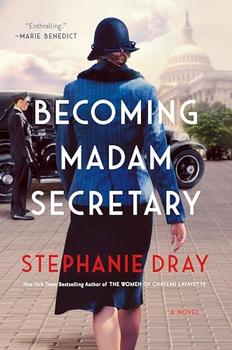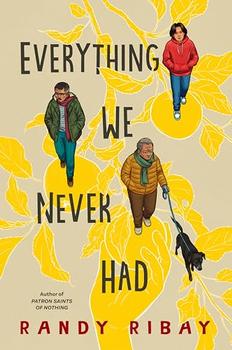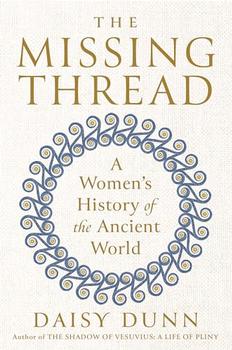(5/20/2017)
“One of the most remarkable things about Antonina was her determination to include play, animals, wonder, curiosity, marvel, and a wide blaze of innocence in a household where all dodged the ambient dangers, horrors, and uncertainties. That takes a special stripe of bravery rarely valued in wartime”
The Zookeeper’s Wife is the eleventh book by American author, Diane Ackerman. It is non-fiction, but often reads like a novel, a plain narrative with spurts of lush descriptive prose, for example: “In a country under a death sentence, with seasonal cues like morning light or drifting constellations hidden behind shutters, time changed shape, lost some of its elasticity, and Antonina wrote that her days grew even more ephemeral and ‘brittle, like soap bubbles breaking’”
It tells the story of Antonina Zabinska and her husband, Director of the Warsaw Zoo, Jan Zabinski. When Poland is occupied by the Nazis in 1939, the animals that aren’t killed during bombing raids are stolen by Berlin zookeepers, and Jan and Antonina need something else to keep them busy. As the zoo cycles through different legitimate incarnations (pig farm, fur farm), the one business that is soon a constant, very much behind the scenes, is the concealment of Jews trying to escape the Ghetto and Nazi persecution.
After initial descriptions of the time before occupation, the bulk of the story tells of the Guests that passed through the Zabinski’s Villa, both human and animal, with all their quirks, traits and oddities. Sometimes the text does get a bit bogged down in details (insect collections, sculpture, extinct species and back breeding), but the ingenuity of these brave people is amazing, and their generosity is truly uplifting. As an officer in the Home Army, and very active in the Resistance, Jan is often absent an it is up to Antonina to keep things running smoothly, and facilitate the passage of some three hundred people to safety.
“In prewar days, the villa had harboured more exotic animals, including a pair of baby otters, but the Zabinksis continued their tradition of people and animals coexisting under one roof, over and over welcoming stray animals into their lives and an already stressed household. Zookeepers by disposition, not fate, even in wartime with food scarce, they needed to remain among animals for life to feel true…”
Ackerman’s extensive research is apparent on every page, as well as in the 21 pages of notes on the chapters, the 7-page bibliography and the comprehensive index. She portrays Jan as cool under pressure, demanding and critical, while Antonina comes across as clever and intuitive, but they are hard to connect with, perhaps because Ackerman had to base her tale on diaries and notes. It will be interesting to see what Hollywood does with this tale. A fascinating true story.



